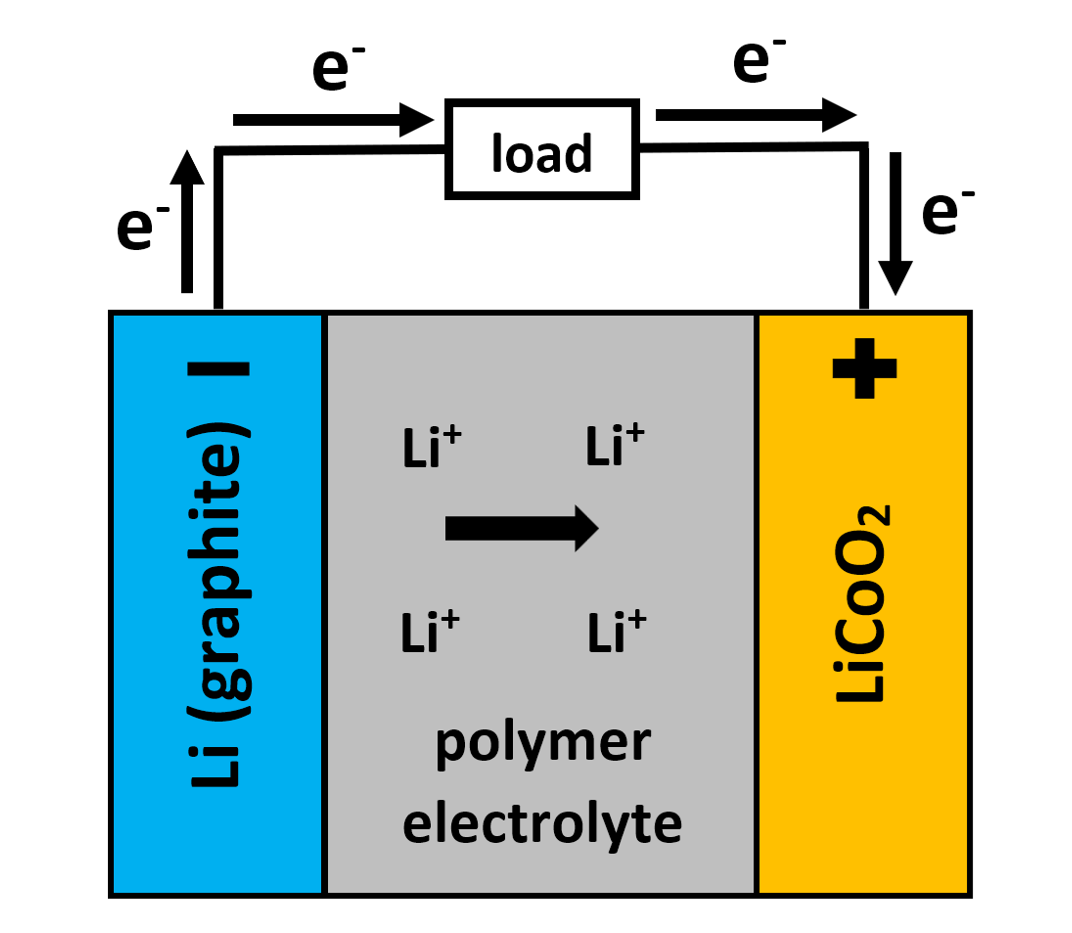Reversibility of Redox Reactions in Electrochemical Cells
- In chemistry, a redox reaction involves the transfer of electrons between two species.
- One species is oxidized (loses electrons), while the other is reduced (gains electrons).
- In some cases, these reactions are reversible, meaning the products can be converted back into reactants by applying an external energy source, such as an electric current.
How Reversibility Works
- Reversibility in redox reactions is the basis of secondary (rechargeable) electrochemical cells.
- During discharge, the cell converts chemical energy into electrical energy through spontaneous redox reactions.
- When an external voltage is applied during charging, the redox reactions are reversed, restoring the reactants.
- Discharge: Spontaneous redox reactions produce electrical energy.
- Charge: Non-spontaneous redox reactions occur, driven by external electrical energy.
To reverse a redox reaction in a rechargeable battery, the applied voltage must be slightly greater than the cell’s standard voltage to overcome energy losses due to resistance and inefficiencies.
Self reviewWhat is the difference between a spontaneous and a non-spontaneous redox reaction?
Examples of Reversible Redox Systems
Lead-Acid Batteries
- Lead-acid batteries are commonly used in cars and backup power systems.
- These batteries consist of a lead anode (negative electrode) and a lead(IV) oxide cathode (positive electrode) immersed in sulfuric acid.
Discharge (Powering the Device)
During discharge, the following reactions occur:
- Anode (Oxidation): $$ \text{Pb(s)} + \text{HSO}_4^-(aq) \rightarrow \text{PbSO}_4(s) + \text{H}^+(aq) + 2e^- $$
- Cathode (Reduction): $$ \text{PbO}_2(s) + 3\text{H}^+(aq) + \text{HSO}_4^-(aq) + 2e^- \rightarrow \text{PbSO}_4(s) + 2\text{H}_2\text{O}(l) $$
- Overall Cell Reaction: $$ \text{Pb(s)} + \text{PbO}_2(s) + 2\text{H}_2\text{SO}_4(aq) \rightarrow 2\text{PbSO}_4(s) + 2\text{H}_2\text{O}(l) $$

Charge (Recharging the Battery)
When an external voltage is applied, the reactions are reversed:
- Anode (Reduction): $$ \text{PbSO}_4(s) + \text{H}^+(aq) + 2e^- \rightarrow \text{Pb(s)} + \text{HSO}_4^-(aq) $$
- Cathode (Oxidation): $$ \text{PbSO}_4(s) + 2\text{H}_2\text{O}(l) \rightarrow \text{PbO}_2(s) + 3\text{H}^+(aq) + \text{HSO}_4^-(aq) + 2e^- $$
- Overall Cell Reaction: $$ 2\text{PbSO}_4(s) + 2\text{H}_2\text{O}(l) \rightarrow \text{Pb(s)} + \text{PbO}_2(s) + 2\text{H}_2\text{SO}_4(aq) $$
For instance, when you start your car, the lead-acid battery discharges to power the starter motor. As the engine runs, the alternator recharges the battery by reversing the redox reactions.
Nickel-Cadmium (NiCd) Cells
- Nickel-cadmium cells are another type of rechargeable battery, often used in portable electronic devices and power tools.
- These batteries consist of a cadmium anode and a nickel(III) oxide-hydroxide cathode in an alkaline electrolyte (usually potassium hydroxide).




